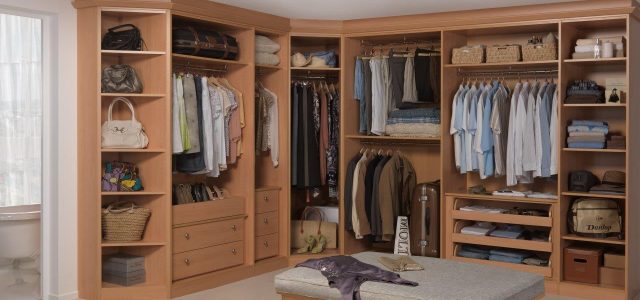
Keep Clear Of Clutter
Regardless of how much time, effort and expense you put into your home décor, there is one thing that will instantly lower its aesthetic appeal – clutter!
According to Feng Shui, a cluttered home has a detrimental effect on your wellbeing as it obstructs the flow of positive energy. And after the past couple of years, free flowing positive vibes are just what we need!
Major minimalist interiors trends also follow the ‘no-clutter’ rule. You won’t find an ounce of clutter in a Scandi home because it distracts the mind, contributes to disorganisation and raises stress levels.
As you’ll know it’s easy to accumulate clutter and somewhat typically it tends to build up in the rooms where clutter is most likely to cause problems. If you work from home, paperwork and stationery items can easily end up taking over your desk and a cluttered workspace will have an adverse effect on your focus and motivation. Bedrooms are also breeding grounds for clutter. With increasingly busy lives, we throw clothes over the back of chairs, pile laundry on surfaces and books and magazines in previously empty corners. In a room which is designed for relaxation and slumber, untidiness will certainly affect your ability to unwind, not to mention make early morning preparations that little bit harder.
If you’re at your wits end with overcrowded surfaces and disorganised spaces, read our tips, which might just help you begin your journey towards a clutter-free home. With Christmas just a couple of months away, now is the perfect time to get organised and free up some precious space.
BATTLE OF THE BELONGINGS
Over the years we accumulate a vast number of possessions and it’s easy to forget about unused Christmas gifts, holiday souvenirs and impulse purchases taking up valuable storage space.
Although it may seem like an insurmountable task, sorting through your belongings is the first step towards a clutter-free home. When faced with chaos, human instinct is to retreat, but if you take it in stages, it’s a battle that can be won!
Rather than telling yourself you’ll deal with it all immediately and risk losing motivation, set yourself small goals and work cupboard to cupboard or room to room. Regular small achievements will all help towards your final goal. Keep only the things you need and the things you love then either dispose of, donate or sell the rest.
RECOGNISE REQUIREMENTS
Once the sorting is complete, make a list of the types of items you intend to keep. If you know what needs to be stored, you’ll have a better idea of the type of storage required for all items to have a permanent place. Surfaces can then be reserved only for the few items you wish to display. Perhaps you have an impressive shoe collection which you need to find space for. Will a filing cabinet put a stop to those mountains of paperwork cluttering your desk? Do you need a safe place to store trinkets and treasures with monetary or sentimental value?
FIT FOR PURPOSE
Although useful to know exactly what kind of storage you need, finding the space for extra cupboards and cabinets is another matter entirely. Bulky, mismatched pieces of furniture may help to reduce clutter, but they won’t make the most of your available space and they certainly won’t give the streamlined result that fitted furniture will. The bespoke nature of fitted furniture means that a variety of storage types can be incorporated into your room, whether big or small. Wardrobe configurations will give shoes and handbags their own space, bridging units above beds will add functionality to a previously redundant space, and open shelving in home offices will keep work items tidy but accessible.
In older homes especially, features such as beams, recesses and sloping ceilings, result in spaces which are difficult to give purpose to. If you’re short on storage space, it may be those awkward spaces in your home which can provide you with new places to store things. Fitted furniture is the best way of filling the gaps with storage solutions, but corner units, hanging baskets and floating shelves can also be used to add functionality to problematic spaces.
A ROOM RESHUFFLE
As well as the overlooked nooks and crannies within your home, you could also consider giving other areas a new purpose entirely. An unused box room might be the answer or perhaps the space under your stairs could be transformed into a spacious cupboard. If you have a shed or garage, it may be that with a little bit of reorganisation, it could become a useful storage area for those items you wish to keep but infrequently use. Even those smaller areas like hallways and landings can become useful storage areas with slimline bookcases and shallow cabinets.
TWO BIRDS: ONE STONE
If space is very limited within your home, it might be worth giving a room within your home an additional purpose rather than a new one. Multi-purpose furniture is the best option for rooms which have multiple uses as it’s designed around the structural features of a room to maximise storage space.
Foldaway desks are a superb little asset, providing a hidden workspace for WFH days. Need a comfy space to sit? A window seat with storage underneath will kill two birds with one stone. Look for ways you can maximise functionality with minimal change, and if you’d like an expert’s point of view, speak to us at Hartleys.
01756 700471
hartleysbedrooms.co.uk

